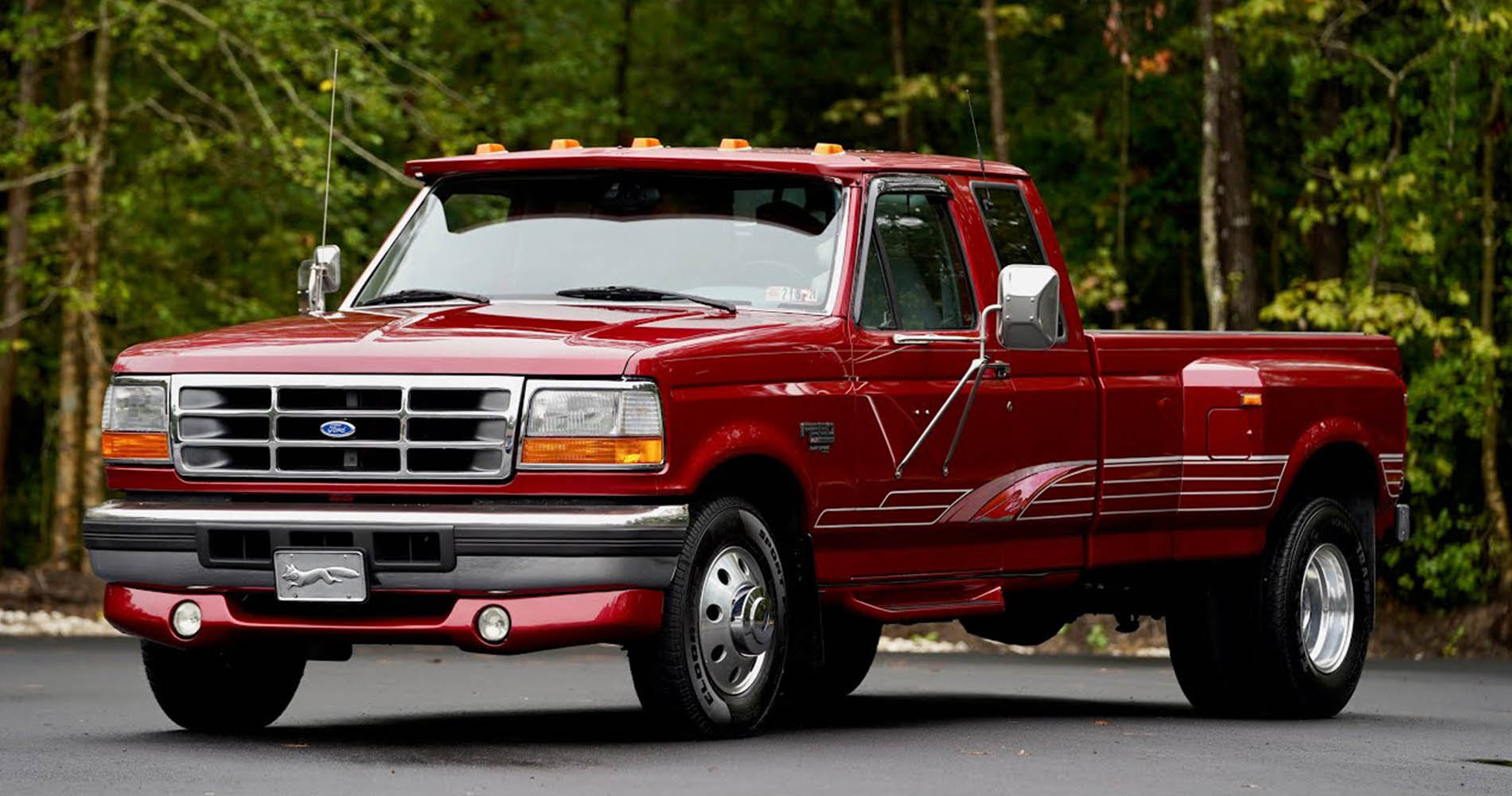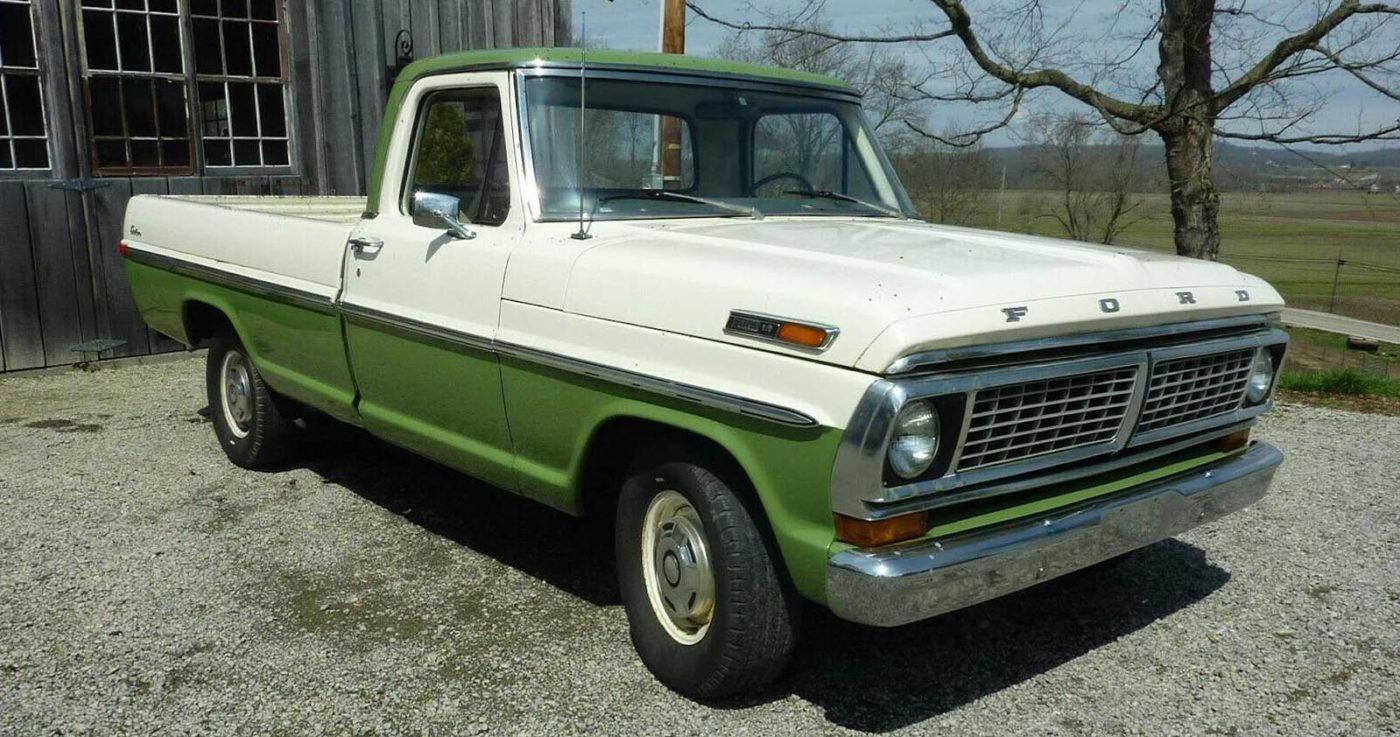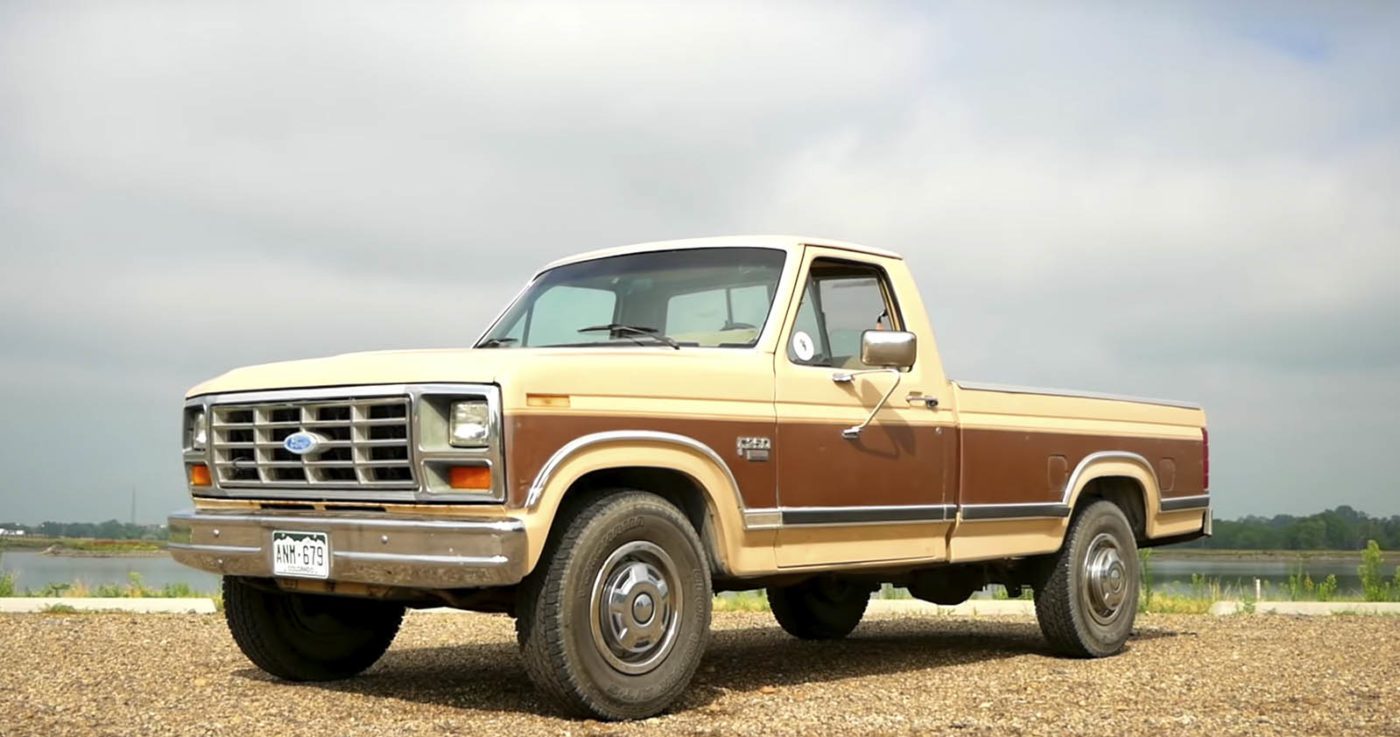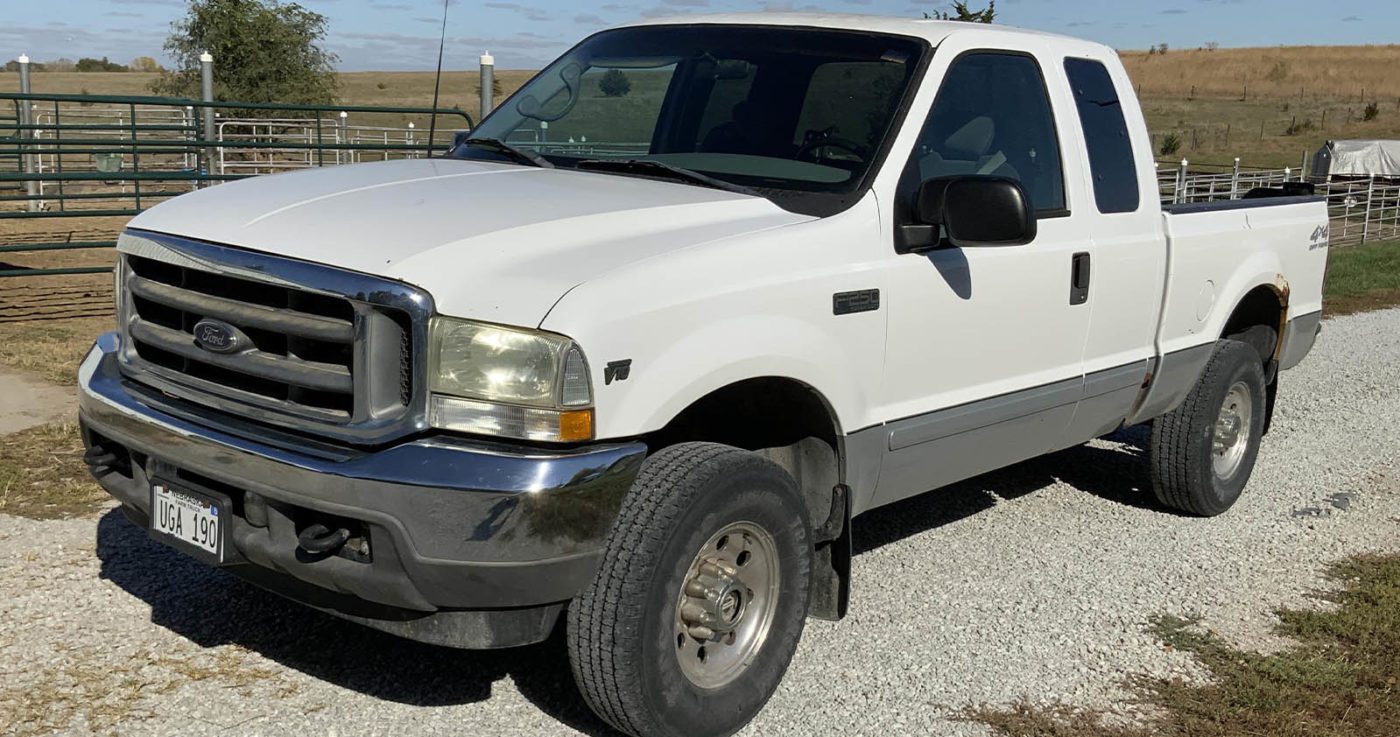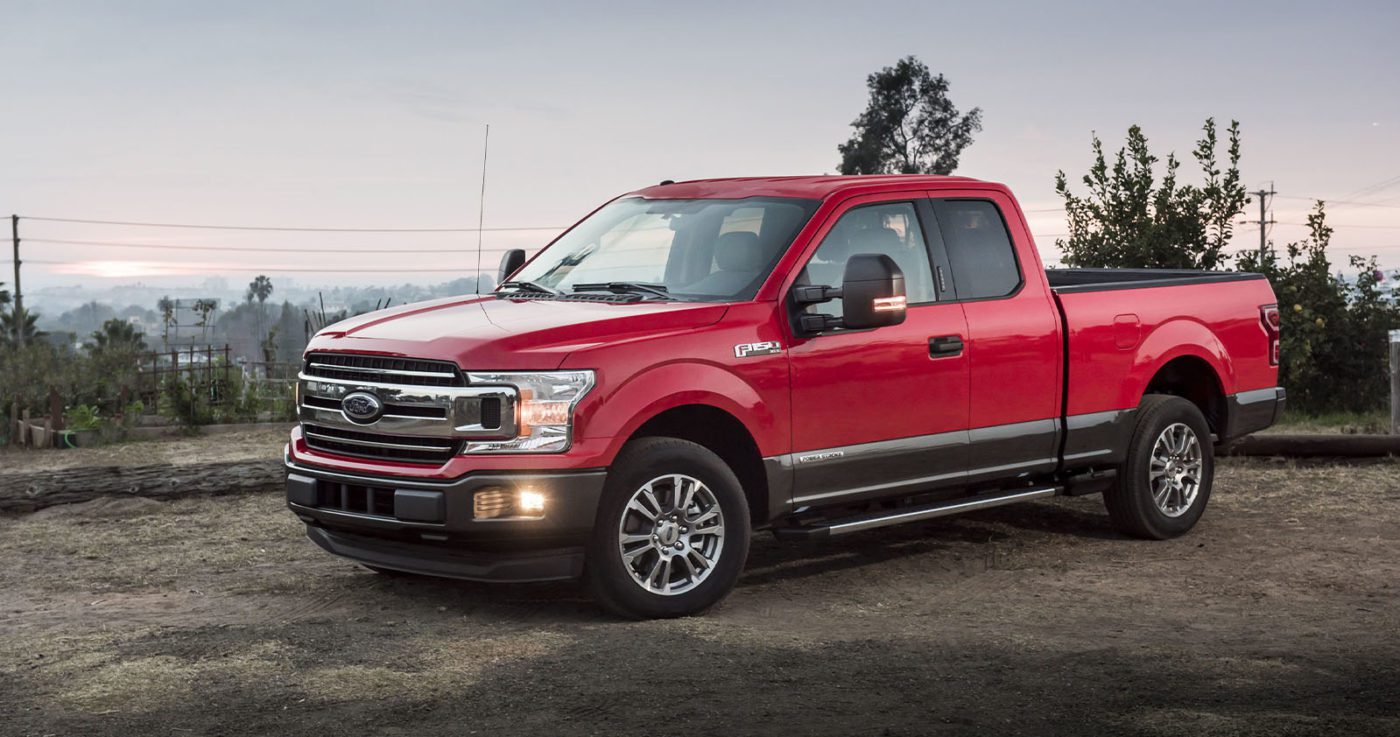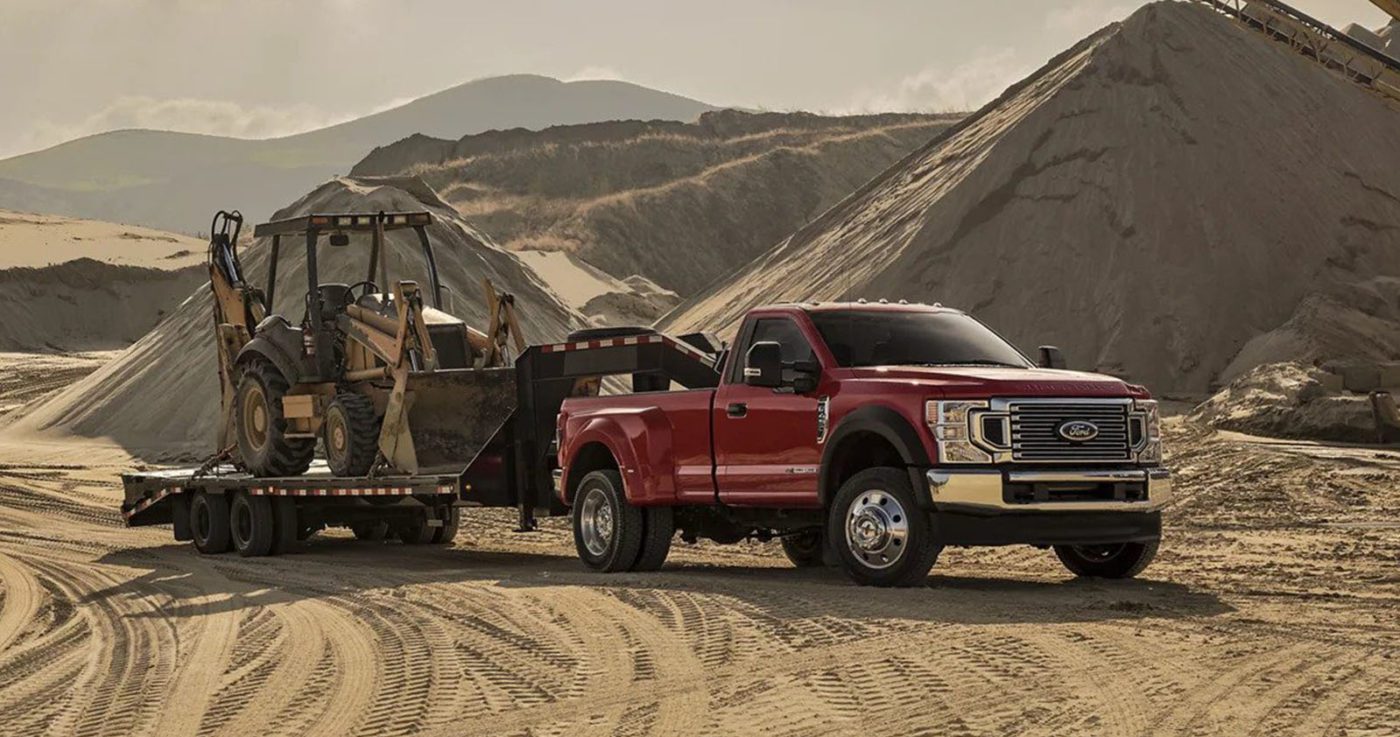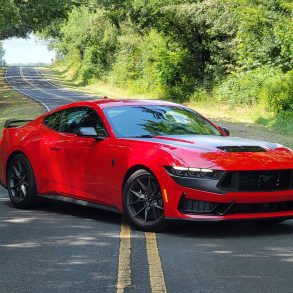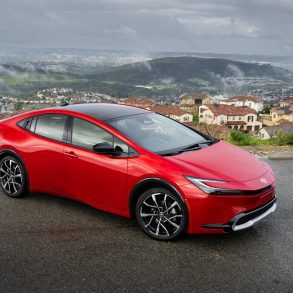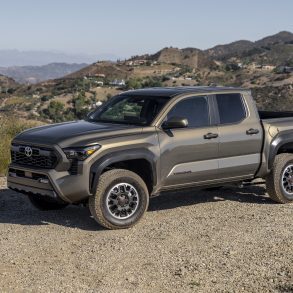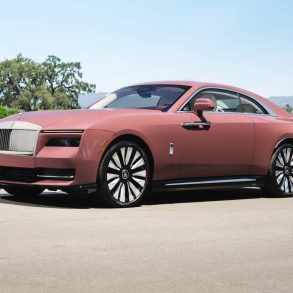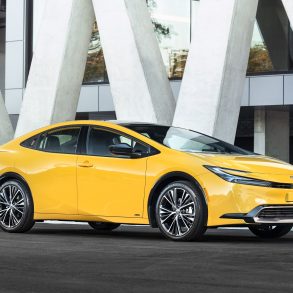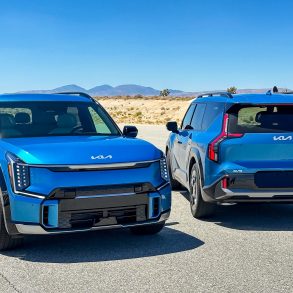From introducing the Model T in 1908, which brought autonomous mobility to the masses, to the first automated assembly line production, Ford has been an innovative, visionary manufacturer in the automotive industry.
Also, Ford Motor Company gave us what became the first popular pickup truck in history. It was basically a Ford Model T Runabout with a pickup body produced in 1925.
A few decades later, Ford ventured into offering rebranded diesel engines in their pickup trucks in the 1980s, mainly motivated by the oil crisis.
But it wasn’t until 1994 that Ford set a benchmark for light-duty diesel-powered trucks by introducing their 7.3 DIT Power Stroke diesel engine. However, this was not precisely a Ford per se.
The 7.3 Power Stroke, launched in late 1994, resulted from a collaboration between Ford Motor Company and Navistar (formerly International Harvester), which comprised Ford modifying an engine designed and built by lHC. And this is when the tumultuous history of the Ford Power Stroke diesel began.
Via Motor 1
In the 1970s, people were still stunned by the oil price shock caused by the energy crises that made gas prices rocket in just a few years.
In addition, a national 55 mph speed limit, and government-mandated fuel economy standards, left drivers veering from the gas-guzzling vehicles of the time.
Back then, diesel engines in pickup trucks were not standard. Still, little by little, they began to be seen as a feasible alternative for offering better fuel economy than gasoline engines.
Still, America’s domestic pickup truck market eyebrow raised at the idea of diesel engines, known for being noisy, smelly, and smoky, not to mention that diesel pumps were not ubiquitous as gasoline.
But their proven efficiency and lower fuel prices made diesel engines more appealing, especially in the pickup truck world. So in this landscape of uncertain oil and fuel prices, Ford’s new diesel engine was born.
Via TLF Truck
Ford’s First Diesel Engine
It all started in 1982 when Ford launched its first diesel engines to the market in a joint venture with International Harvester Company (IHC) now Navistar. IHC agreed to develop and supply the engines for Ford’s light and medium-duty trucks for five years.
The result was a naturally aspirated, indirect injection (IDI) diesel V8 engine with a displacement of 6.9-liter. The output of Ford’s new diesel powerplant was a very respectable 170 hp and an impressive 315 lb.-ft. of torque. The advertised compression ratio for this engine was 20.7:1.
This engine was available in the F-250HD as a $2,225 option and later offered in Ford’s light truck line, including the E Series vans and medium-duty trucks.
In 1987 Ford replaced the 6.9-liter IDI with the 7.3-liter IDI engine. This new engine had the same stroke as the previous 6.9-liter but had an increased bore and featured completely redesigned cylinder heads and strengthened engine block.
The 7.3L IDI engine was the predecessor of what we would all later know as Ford’s V8 7.3-liter Powerstroke.
The Power Stroke Engine And Its Significance
In 1994 the pickup truck market was disrupted by Ford when they began equipping trucks with a groundbreaking new diesel engine.
The new engine resulted from a new collaboration between Ford and International Harvester (Navistar). Although displacement stayed the same, the Power Stroke diesel engine was completely different from the IDIT.
Produced between 1994 and 2003, the first engine to bear the Power Stroke name, the 7.3 L Power Stroke turbodiesel V8, was Ford’s version of the Navistar T444E.
Ford’s new Power Stroke engine, which replaced the 7.3 L IDI V8, featured an entirely new design. However, it shared its predecessor’s bore and stroke dimensions (resulting in its identical 444 cu in 7.3 L displacement).
The Power Stroke was offered in three-quarter-ton and larger versions of the Ford F-Series and Econoline product range in line with the IDI diesel.
What Is Notable About The Power Stroke Compared To Other Diesels?
The 7.3L Power Stroke featured a hydraulically actuated, electronically-controlled, direct fuel injection system (HEUI) capable of making as much as 21,000 psi. This engine churned out 210 hp and 425 lb.-ft. of torque which was enough muscle to tackle any job.
This joint venture between Ford and IHC pioneered the idea of pickups with electronically controlled diesel engines. This concept later became an industry benchmark that other brands like GM and Cummins quickly adopted.
Ford’s new Power Stroke engine reshaped the diesel market in terms of output thanks to its 210 horsepower and 425 lb-ft of torque compared to the previous IDI turbo numbers of 190/390. This new output was enough muscle to tackle any job.
To further put the mid-’90s turbodiesel scene into perspective, the ’94 Cummins put out 175 hp, 420 lb-ft, and the GM 6.5L put out 180 hp and 360 lb-ft.
How Well Has the Power Stroke Sold?
For four decades, the Ford F-Series has been the best-selling and most popular vehicle in the US, not just the most popular truck.
It will reach an incredible 46-year streak in 2022 as the most popular truck in America, with more than 700,000 units sold in 2021.
According to GoodCarBadCar, by 2018, Ford’s F-150’s Power Stroke diesel accounted for five percent of retail F-150 sales.
This may not sound like much, but we’re talking about five percent of the volume created by the best-selling vehicle line in America, which reached 582,897 F-150 units sold in 2017.
The UK even got a 3L Power Stroke V6, but that only lasted 3 years.
What Else Should We Know About The Power Stroke?
Although the Ford-IHC synergy had mainly been successful, there have also been tumultuous times, and things just fell apart at the end of their partnership.
Problems ranged from faulty motors to consumers being screwed over and Ford dealing with billions of dollars in repairs and more by 2010.
Finally, in 2011, Ford decided to carry on without Navistar by introducing their 6.7L Power Stroke, which is still in use today.
This new all-Ford engine featured a DualBoost variable geometry turbocharger. Additionally, the 6.7L uses a common-rail injection system as the previous engine design, and water-to-air intercooler supplies the turbo with cool air.
The current 6.7’s offers a mighty output of 390 horses and a torque of 735 lb.-ft. In addition, an even more powerful option is available in current turbocharged configurations, making 475 horsepower and 1,050 lb.-ft. of torque
Although today’s 6.7L Power Stroke is mostly reliable, many Power Stroke enthusiasts would agree that the 7.3L from yesteryear set the durability bar too high.
Via Ford
Ford has been making the most popular and best-selling trucks in America for over forty years, with the Power Stroke diesel engine becoming a benchmark in the industry.
Still, the automaker only offered diesel engines in heavy-duty trucks like the F-250 and F-350 until 2018, when they introduced their first-ever diesel F-150.
The F-150 was standard with a 3.0L V6 Power Stroke that produced 250 hp and 440 lb.-ft. of torque. Unfortunately, this configuration did not last long.
In July 2021, Ford announced that the Power Stroke 3.0-liter V6 turbodiesel will no longer be offered in America’s bestselling pickup truck, with orders closing July 16.
So, after the departure of the Power Stroke V6 from the F-150 engine lineup, along with Ford’s and the broader auto industry’s commitment to EV mobility, the future of the revolutionary Power Stroke diesel engine is uncertain.

